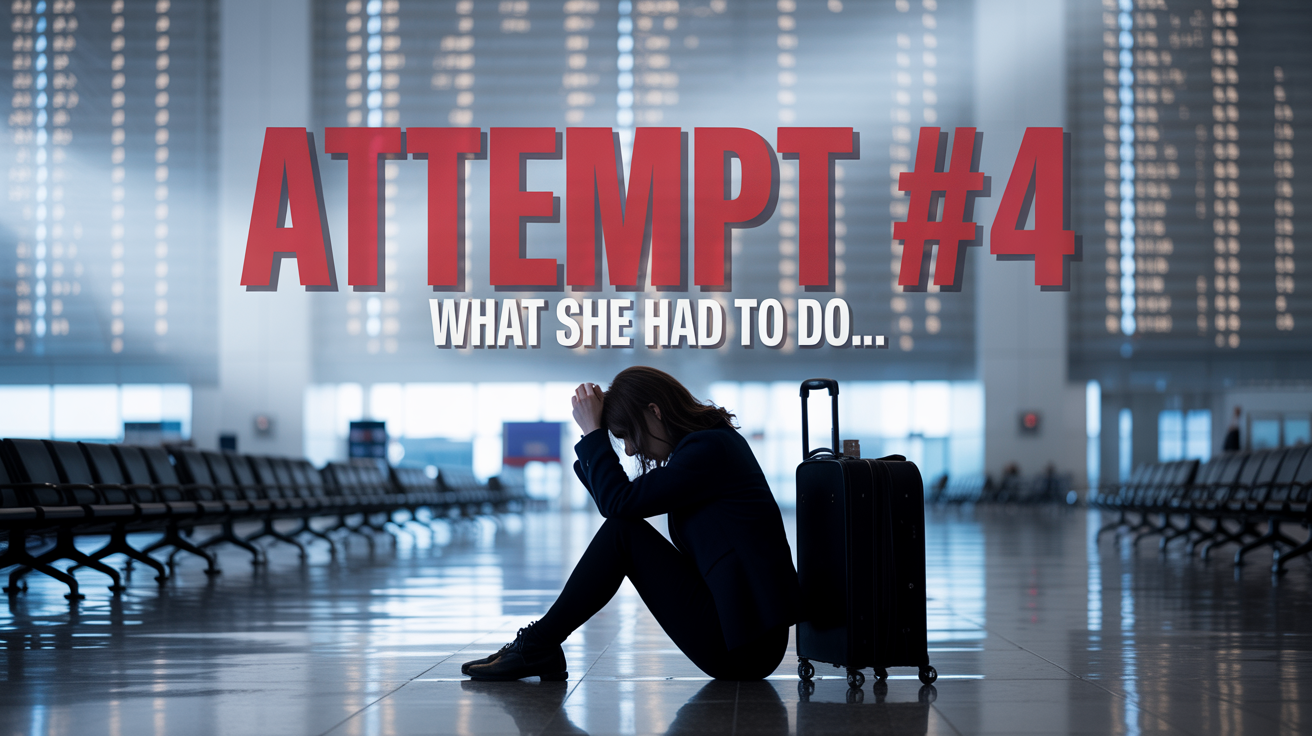She applied three times to leave. Three times denied.
She wasn’t trying to escape a dictatorship. She was a citizen of the country she was trying to leave—her own country. On the fourth attempt, she wrote that she was having suicidal thoughts. That’s what it took for her government to finally grant permission. When the plane lifted off the tarmac, she broke down.
This wasn’t some authoritarian regime. This was Australia.
I met her and dozens of other Australians during the pandemic times—people who couldn’t attend their parents’ funerals, couldn’t see their daughters, couldn’t return home without the threat of jail time. These weren’t criminals. They were citizens locked out, or in, of their own country.
If you think that can’t happen to you, you’re betting your family’s safety on hope. And hope isn’t a strategy.
There Are Many Paths to Your Plan B
Here’s what most people get wrong about Plan B planning: they think about it in normal times, under normal circumstances. They look at a map, see they can visit a country visa-free for 90 days, and think, “Perfect. If things go sideways, I’ll just fly there.”
Then reality hits, and suddenly that assumption crumbles.
Here’s the deal: there are multiple ways to access your Plan B destination. But they’re not created equal. There’s actually a hierarchy—a priority order that determines who gets in and who gets turned away when things go wrong.
The Totem Pole: Who Gets In When It Matters
Think of it like a totem pole. At the bottom, you have tourists. In the middle, residents. At the top, citizens.
Tourist visas sit at the bottom for a reason.
When the pandemic hit, what was the first thing that stopped? Tourism. Completely. Overnight.
If your Plan B hinged on visa-free entry as a tourist, you learned a hard lesson: that access can vanish faster than you can book a flight. Borders closed. Flights cancelled. And that country you thought you could escape to? They don’t owe you anything. You’re a guest, and guests get turned away when the house is on fire.
Residency sits in the middle—and it’s often the sweet spot.
When you’re a legal resident of a country, something fundamental changes: they have to let you in. You live there. It’s your legal home. During the pandemic, we saw this play out clearly. Countries implemented travel bans, but residents were exempt. While tourists were stuck, residents could return.
Since I left Canada, I’ve always maintained permanent residency somewhere rather than jumping straight to citizenship. There’s a reason for that.
Citizenship sits at the top—but it comes with a catch.
In theory, citizenship is the strongest status. A country should let its citizens in no matter what. But as Australia showed us, even that isn’t guaranteed. And there’s something else most people don’t consider: the diplomatic protection angle.
Why Residency Often Beats Citizenship
Here’s the sophisticated play that most people miss:
If you’re a resident—not a citizen—of where you’re living, you can request help from your home country’s consulate if you need to leave or if an emergency happens. Your passport country still sees you as one of their own.
But if you become a citizen of where you’re residing, you’re now fully under their jurisdiction. You have to follow local protocol and emergency laws. And here’s the kicker: it’s extremely difficult to get consulates or embassies from your other nationality to intervene. The general international rule in the world is simple—your local citizenship always takes precedence.
In a crisis, that matters more than you think.
If you’re working on additional passports (and you should be), you don’t necessarily need to become a citizen of your Plan B location. Get residency. Lock in your right to be there. But keep your diplomatic options open unless you have a compelling reason to naturalize.
The Biggest Gap I See
Before working with families, the most common gap I see in their Plan B thinking is this: their mobility planning is built on assumptions of normal circumstances, and it’s vague.
“I’ll just fly to XYZ country if things go south.”
Okay. But what if they deny you entry? What if you get there and realize you have to leave in 90 days because you’re just a tourist? What if—like Australia in 2022—they simply don’t let anyone in or out, period?
The families who sleep well at night aren’t the ones with the most passports or the fanciest second homes. They’re the ones who’ve thought through the levels, built in redundancy, and secured residency where it counts.
Your Next Step
If you know exactly what you need—residency in a specific country, a clear path forward—we can connect you with vetted service providers in our network. It’s extensive, and we’ve built relationships with people who do this work at the highest level. Just email us with the country and your situation.
But if you’re not sure about your family’s roadmap yet—if you’re still figuring out which countries make sense, what scenarios you’re building for, or what level of access you actually need—reach out anyway. We’ll guide you to the best resources and, if you’re ready, design your specific roadmap.
Because the time to build your Plan B isn’t when you need it. It’s before the plane takes off. And you want to make sure you’re on it.

